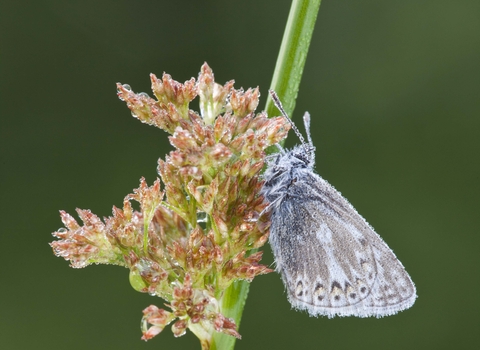
©Guy Edwardes/2020VISION
Soft rush
As its name suggests, the smooth stems of soft rush are thinner and more flexible than those of hard rush. It forms tufts in wetland habitats like wet woodlands, marshes, ditches and grasslands.

©Guy Edwardes/2020VISION